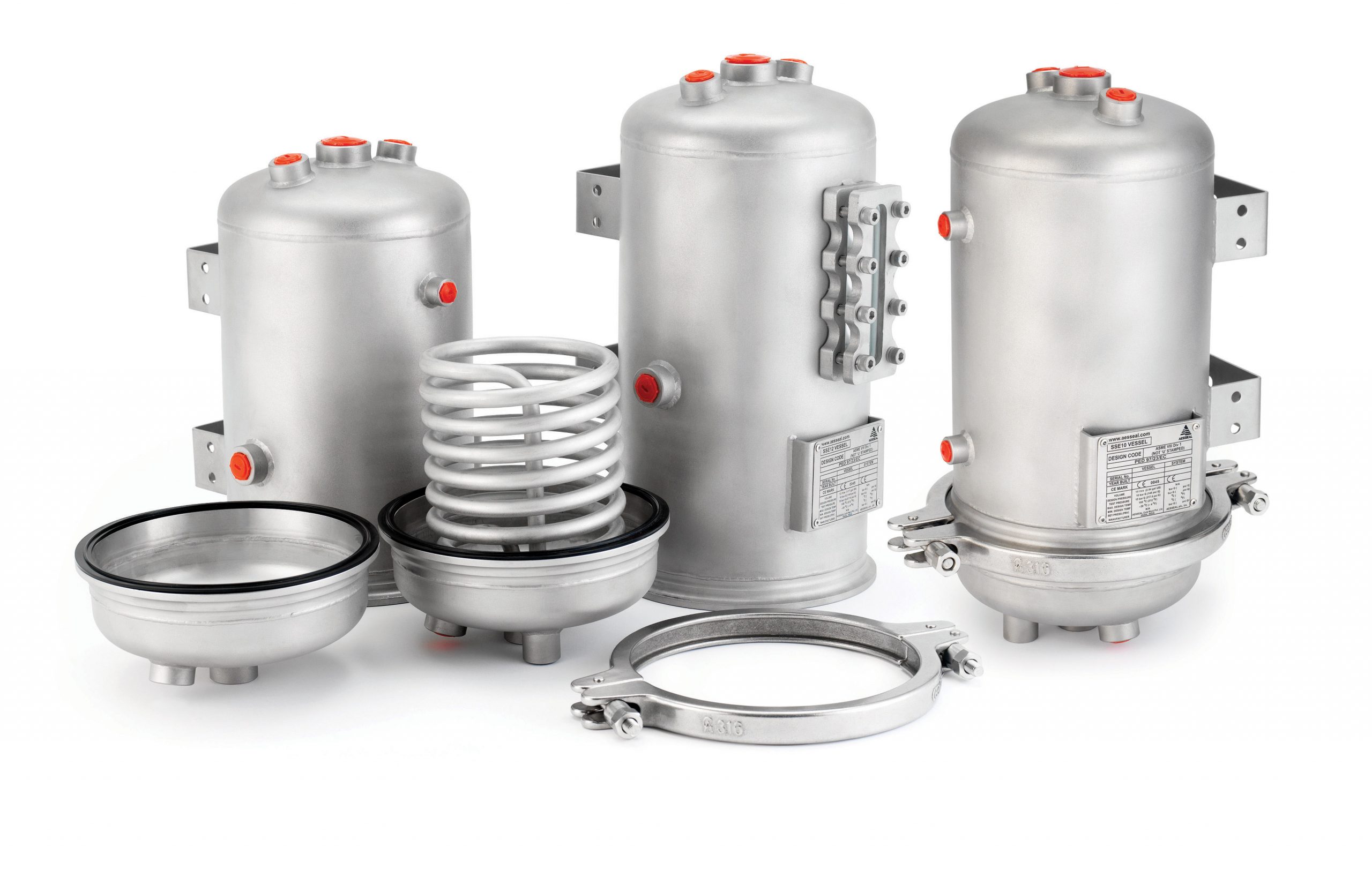Machinery reliability is always a major concern for manufacturers, but for Pharmaceutical, Food and Beverage companies, it is critical that all aspects of the production line are maintained to a high level of cleanliness. Those operating in these specific manufacturing sectors have a legal obligation to evaluate the hazards in their operations, then implement and monitor effective measures to prevent contamination1. In the Pharmaceutical sector, product contamination can result in the necessary destruction of multiple product batches, which can lead to substantial losses in revenue. In the Food and Beverage industry, product contamination can lead to bacteria being introduced into food and drink products; which may find their way into the consumer market. This can have a significant impact on a company’s profile and lead to potential legal ramifications. Therefore, it is imperative to utilize equipment in hygiene-sensitive industries that allow for proper and effective cleaning procedures to be performed. Rotating equipment requires sealing systems to ensure minimal loss of product. In order to eliminate leakage of the pumped product to the environment, double mechanical seals are typically used along with a seal support system. This system provides a barrier, or buffer fluid, to be circulated through the internal cavity of the seal. These seal support systems can be configured in a number of ways and are typically designed per API Standards (American Petroleum Institute). When selecting the most appropriate sealing support system, the user should consider the effect it may have on hygiene standards, the cost to operate, and the level of maintenance required. API Plan 62 Seal Support System API Plan 62 is one of the simplest forms of a seal support system that runs water through the seal and discharges it directly to a drain (Fig 3). The main benefit of this plan is that it can provide a hygienic method of maintaining the mechanical seal and is often found in industries that require a higher level of cleanliness. However, this plan can result in a lower MTBF rate and is inherently expensive to operate due to the high volume of water required. A typical API Plan 62 seal support system uses approximately 12 litres of water / min (3.17 US Gal / min). Over one year of continuous operation equates to 6.3 million litres or 1.7 million US gallons with significant monetary and environmental costs. API Plan 53a Seal Support System An API Plan 53a seal support system is designed to provide a constantly re-circulated flow of water from a fixed volume. It operates using a thermosyphon effect whereby convection causes the hot fluid to rise up out of the seal and draw in cooler fluid. API Plan 53a uses significantly less water than an API Plan 62 design and has been shown to improve the MTBF of mechanical seals in many industries. When used to replace API Plan 62 systems, API Plan 53a can have a Return On Investment (ROI) of less than 6 months. However, the design of the current vessels makes it almost impossible to inspect or effectively clean the internal cavities. This aspect of the system therefore makes it inappropriate for use on applications where it is critical to maintain a high level of control and cleanliness. It is typical of closed systems such as these to have a number of cavities, or ‘bug traps’, inherent within the design. These have the potential to cause problems as they are unable to drain under natural conditions and are not specifically included in any cleaning regimes. Over time, these bug traps can cause issues and lead to bacterial growth and contamination. In the event of a seal failure, contaminated barrier fluid can then find its way into the product. AESSEAL® EasyClean™ EasyClean™ is a convenient and cost effective solution that drastically reduces the chances of dirt and bacteria build-up within the internal cavity of the vessel while maintaining all of the water and cost saving features of the standard systems. The vessel is designed so that it can be quickly and easily opened, enabling the internal cavity to be inspected. This helps to negate product contamination, reducing the chance of product rejection or recall. The vessel is manufactured to minimise the possibility of bug traps by using filler welds, a custom designed gasket, and a sediment pipe to ensure particulates are not introduced into the thermosyphon stream. To learn more about reducing contamination risk, click here for more info about the AESSEAL® EasyClean™ seal support system and it’s ability to ensure a high standard of cleanliness. References 1 Food Safety Modernization Act: Putting the focus on Prevention. Margaret A Hamburg MD, Commissioner of Food and Drugs: http://www.foodsafety.gov/new/fsma.html accessed 10/12/13)




